Sustainable Production Practices
Sustainable production practices are increasingly influencing the coconut milk market in APAC. Consumers are becoming more environmentally conscious, prompting a demand for products that are sourced sustainably. Coconut milk, often perceived as a more eco-friendly alternative to dairy, aligns with this trend. The coconut milk market is likely to benefit from brands that emphasize ethical sourcing and environmentally friendly production methods. Market data suggests that products marketed as sustainable can command a premium price, potentially increasing profitability for producers. This trend is expected to drive growth in the coconut milk market as consumers prioritize sustainability in their purchasing decisions.
Culinary Versatility of Coconut Milk
Coconut milk's culinary versatility is a significant factor driving its popularity in the APAC region. It is widely used in various traditional dishes, desserts, and beverages, making it a staple ingredient in many households. The coconut milk market is experiencing growth as more consumers experiment with international cuisines that incorporate coconut milk. Additionally, the rise of cooking shows and social media platforms has further popularized its use, encouraging home cooks to adopt coconut milk in their recipes. This trend is reflected in market data, which shows a steady increase in coconut milk sales, with a projected growth rate of around 8% annually in the coming years.
Growing Demand for Dairy Alternatives
The rising demand for dairy alternatives in APAC is a crucial driver for the coconut milk market. As lactose intolerance becomes more recognized among consumers, many are turning to plant-based options to avoid dairy products. Coconut milk serves as an appealing alternative due to its creamy texture and flavor profile. Market analysis suggests that the dairy alternatives segment is expected to grow at a CAGR of 12% over the next few years, indicating a robust opportunity for the coconut milk market. This shift in consumer preferences is likely to encourage manufacturers to innovate and expand their product lines to cater to this growing segment.
Rising Veganism and Plant-Based Diets
The increasing adoption of veganism and plant-based diets in APAC is a notable driver for the coconut milk market. As consumers become more health-conscious, they are seeking alternatives to dairy products, which has led to a surge in demand for coconut milk. This trend is particularly pronounced among younger demographics, who are more inclined to explore plant-based options. Market data indicates that the plant-based food sector is projected to grow at a CAGR of approximately 10% over the next five years in the region. Consequently, the coconut milk market is likely to benefit from this shift, as it aligns with the preferences of health-conscious consumers looking for dairy substitutes.
Increased Awareness of Health Benefits
The growing awareness of the health benefits associated with coconut milk is driving its demand in the APAC coconut milk market. Coconut milk is recognized for its rich nutrient profile, including healthy fats, vitamins, and minerals, which appeal to health-conscious consumers. As more individuals seek natural and organic food options, the coconut milk market is likely to see an uptick in sales. Research indicates that coconut milk contains medium-chain triglycerides (MCTs), which may support weight management and overall health. This awareness is contributing to a projected increase in market value, with estimates suggesting a rise to approximately $1 billion by 2027 in the region.
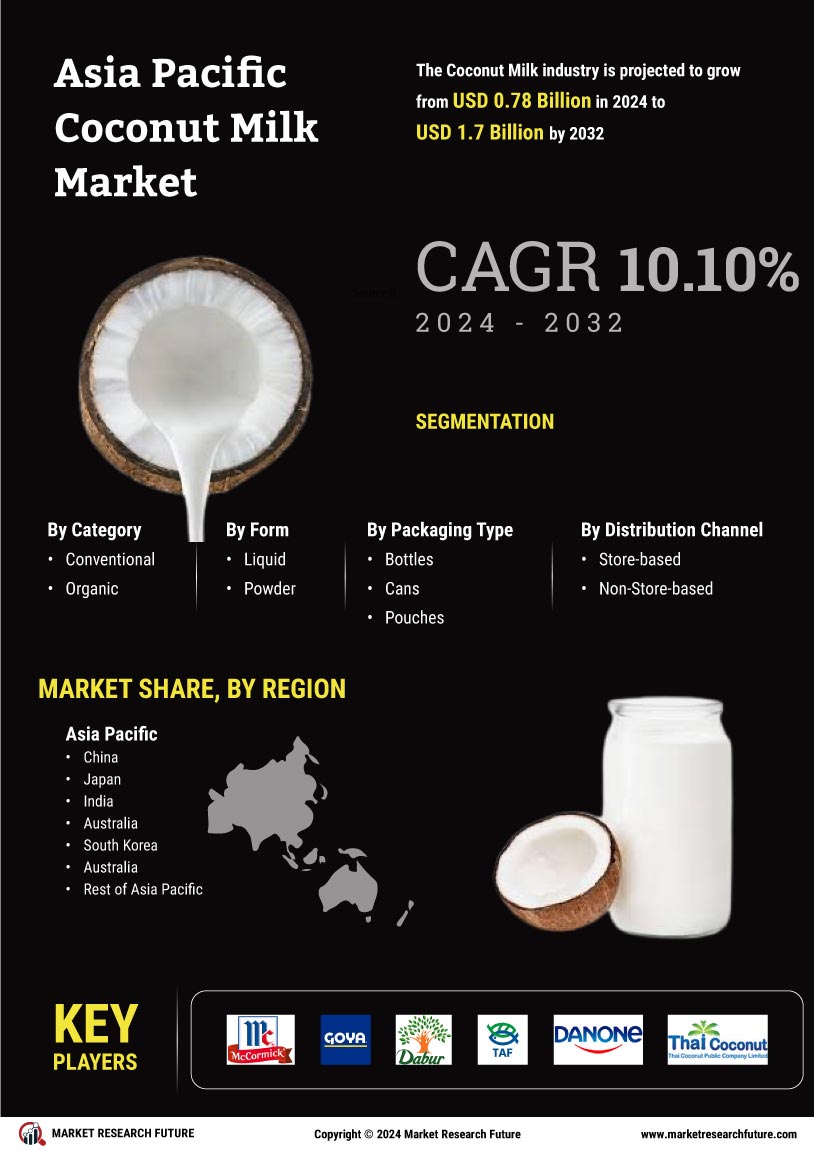

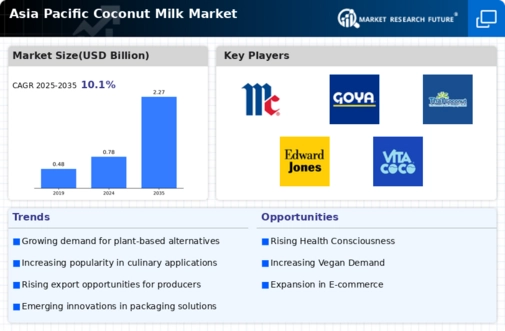
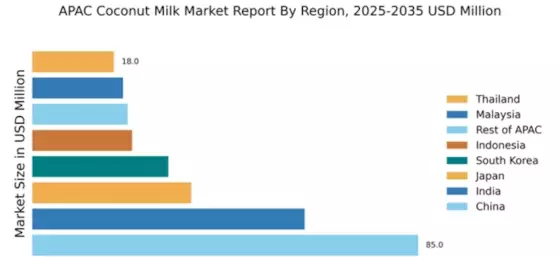
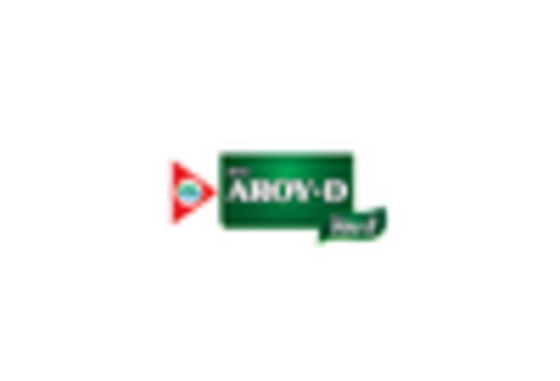
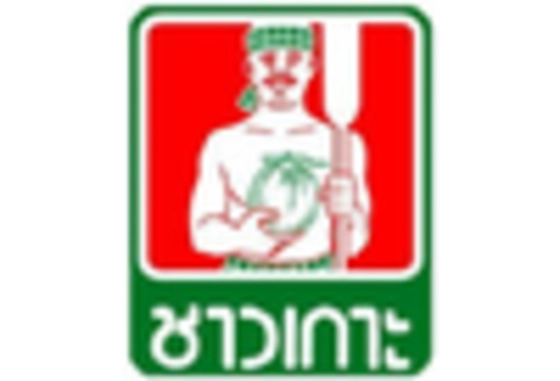
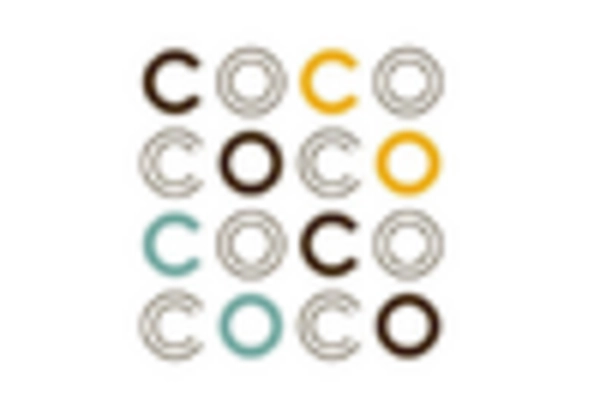


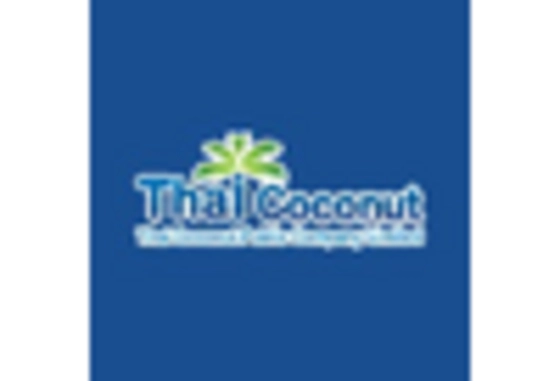








Leave a Comment